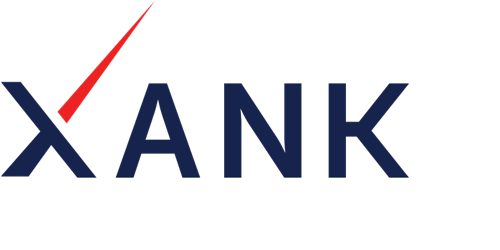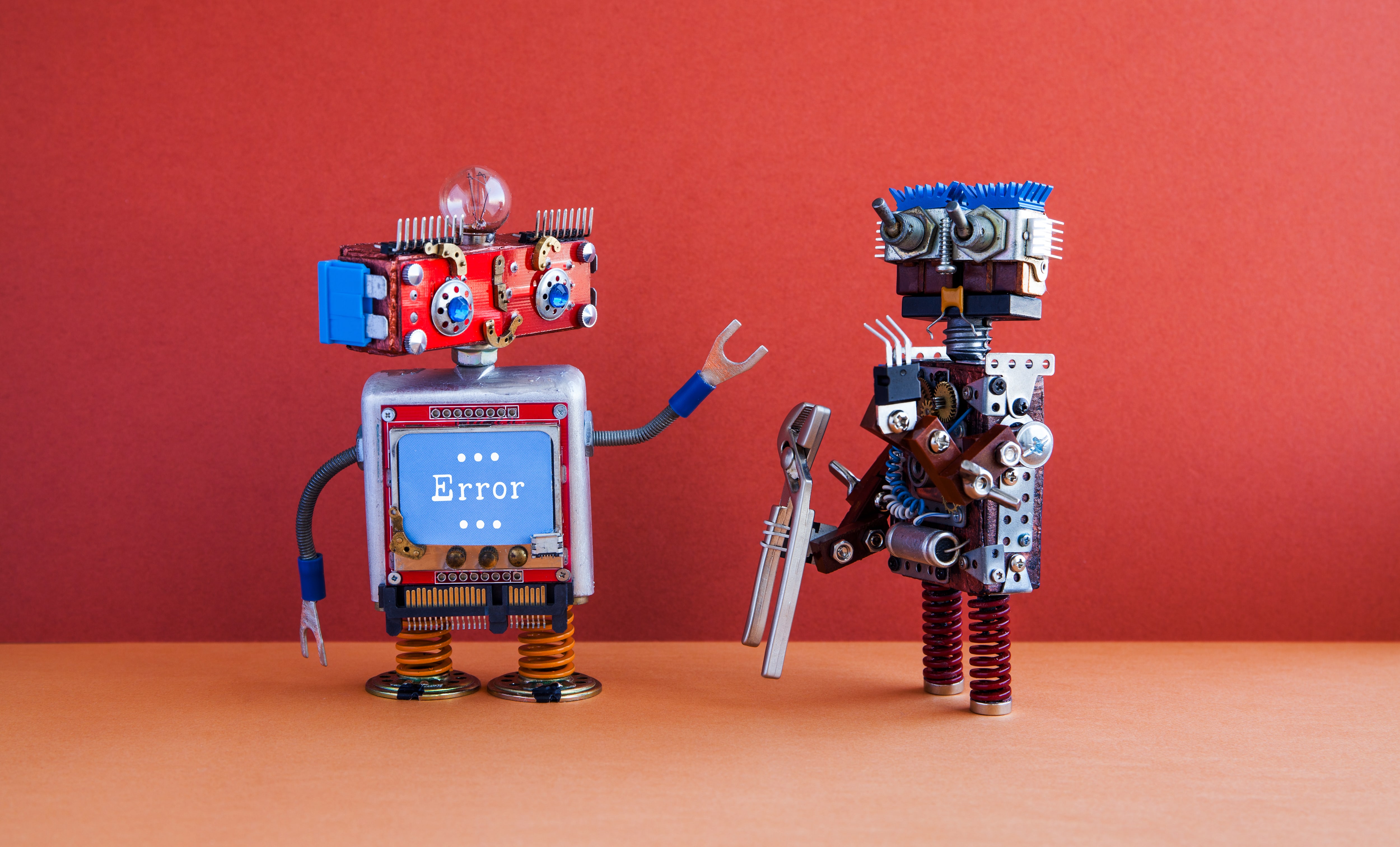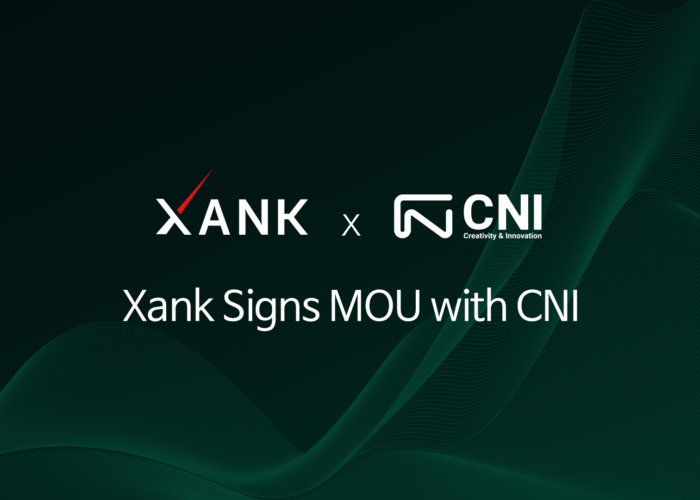Few innovations are garnering as much attention and enthusiasm as the blockchain. Not only is it renown as the underpinning for Bitcoin, the first and still most popular digital currency, but it is finding an extensive audience among enterprise initiatives as well.
These organizations covet its decentralized infrastructure, asset tokenization, and smart contracts, which collectively provide better security, usability, and transparency than today’s centralized systems. The demand has been so robust that it’s predicted to exceed $3 trillion in business value-added by 2030.
In fact, the vast majority of major companies, 84% according to a PwC report, are undertaking blockchain initiatives. That’s why both Deloitte and Gartner, two of the most well-regarded research and consulting firms, include the blockchain on their list of the top tech trends for 2019.
Even so, if it seems like you are hearing more about the blockchain’s potential than actually seeing its effects, you’re not alone. While enthusiasm for the technology is remarkably high, actual implementation is lagging behind. As Gartner’s own report acknowledges, “Pure blockchain models are immature and can be difficult to scale.” To put it simply, blockchain technology may be the future, but it is struggling in the present.
In general, the blockchain’s most significant problems can be divided into two categories: technological and sociological, and addressing these things can help fix the limitations of today’s cumbersome blockchains.
The Problems of Progress
Although the blockchain is an incredibly powerful and capable technology, it can also be clunky, slow, and expensive. In many ways, this is the byproduct of its rapid popular ascendance. Its original developers didn’t intend for blockchain to be deployed by so many people for so many different use cases, which means that protocols and efficiencies have lagged behind desirability and awareness.
For instance, a 2018 report on blockchain innovation concluded, “Blockchain can be slow. In contrast to some legacy transaction processing systems able to process tens of thousands of transactions per second, the bitcoin blockchain can handle only three to seven transactions per second.”

In addition, this process can be expensive. Bitcoin frequently makes headlines for its energy-intensive blockchain, and other decentralized ecosystems have been similarly ridiculed. When usability and affordability are compromised, the technology will not advance as it could.
To be sure, nobody expects decades of infrastructure and technological norms to disappear overnight, and new solutions are continually emerging through continued development.
With large companies like Amazon, IBM, and Microsoft developing their own blockchain technology, these inefficiencies could become a thing of the past, making the technology more usable for consumers and companies alike.
At the same time, smaller initiatives, like Xank’s funding for blockchain-related startup initiatives, can continue propelling blockchain technology and cryptocurrencies into the future. While the platform is primarily focused on developing and implementing a free-floating stable coin that has both transactional and investment use cases, their efforts are holistically focused on proliferating digital currency use, which includes investing in new projects.
In partnering with members to foster growth and development, it’s possible to make meaningful progress towards fixing the technological limitations of the blockchain.
However, the technology’s problems aren’t limited to their technological infrastructure. Before the blockchain is ready for broad, mainstream adoption, there are many sociological hurdles that need to be overcome as well.
Fostering Community and Collaboration
The crypto community is uniquely innovative, and when working in conjunction with one another, these problems are solvable.
In the meantime, there is a dire need for better communication and collaboration, and standardisation and interoperability are the keys.
In a study on blockchain adoption at the enterprise level, the RAND Corporation found that “The emergence of multiple non-interoperable DLT/Blockchain implementations could lead to a fragmented ecosystem and limit widespread adoption.”
With collectives like the Enterprise Ethereum Alliance and R3 bringing together hundreds of companies ranging from burgeoning startups to established corporations, these standards might not be too far away.
Of course, this approach can be replicated on the micro level as companies and individual developers forge relationships and strategic partnerships that are developmental rather than simply promotional.
By taking a community-based approach to blockchain maturation, it’s possible to get more users involved in technology that is more accessible and effective than ever before.
In many ways, the excitement surrounding blockchain technology is at its zenith, gaining not just mindshare but market share as well. However, before we will truly see the fruits of the decentralised ledger, we need to fix the limitations of today’s cumbersome blockchains. By improving on their technological and sociological shortcomings, the future can be manifested today.
165



